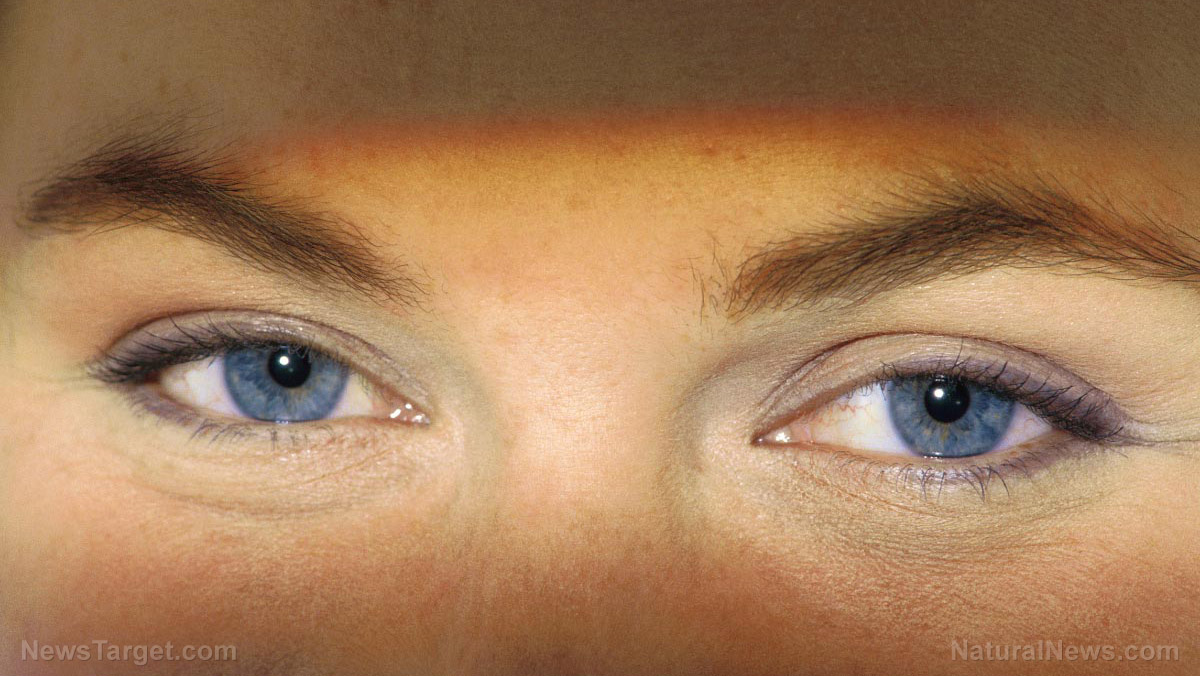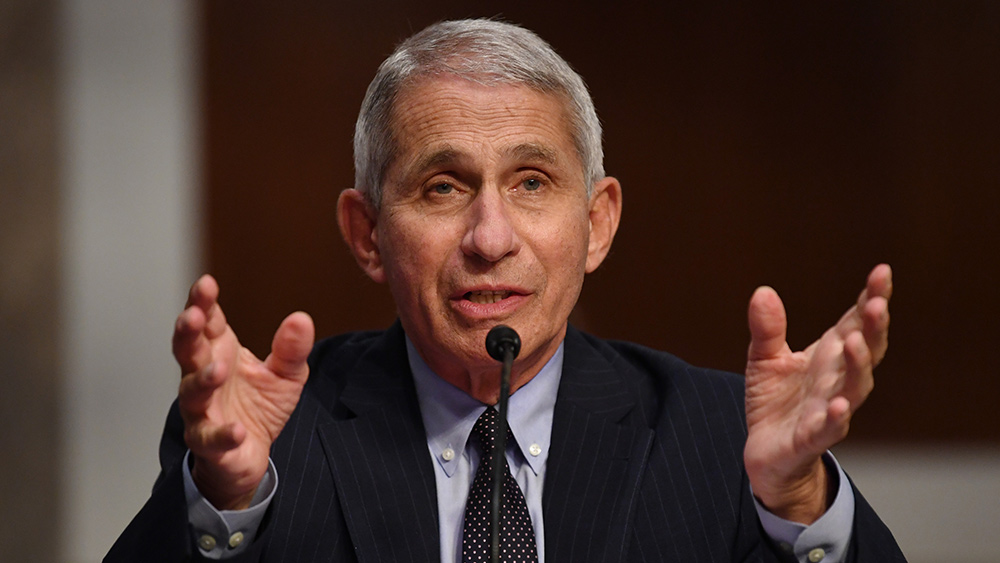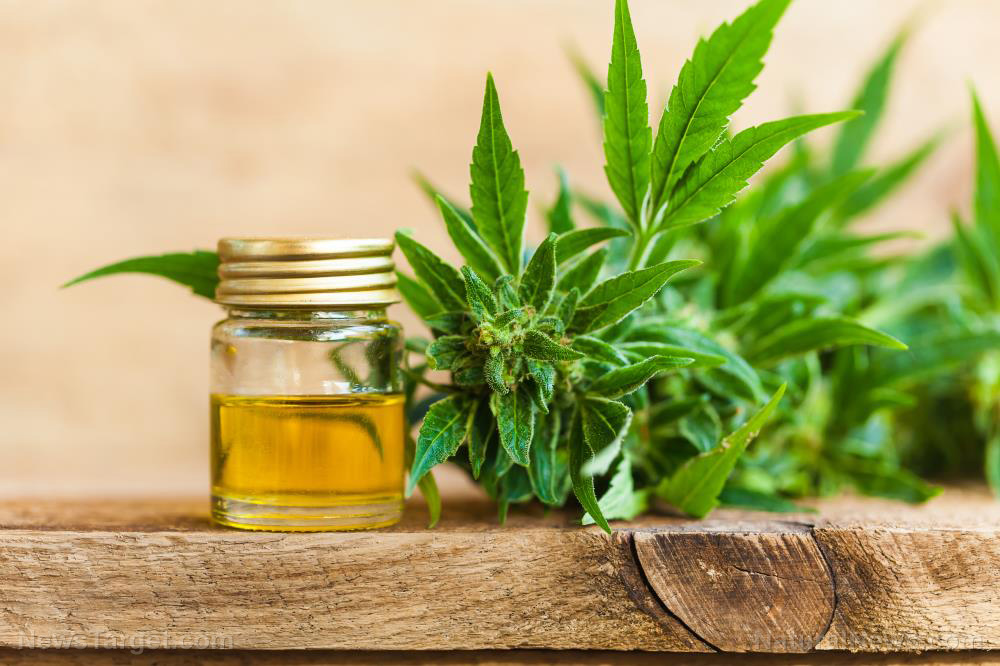The mortality rate for covid-19 is falling rapidly, and here’s how we can continue to improve it
09/29/2020 / By Lance D Johnson

In March 2020, the mortality rate for covid-19 was advertised as a scary 3.4 percent by the World Health Organization and experts such as Dr. Anthony Fauci. As more data was collected over time, the mortality rate fell. The latest numbers from the Centers for Disease Control (CDC) break down the mortality rate by age group.
If an individual does become infected, the CDC has prepared a “current best estimate” of the mortality rate based on data collected from March through September and taking into consideration the R naught factor.
The mortality rate for covid-19 should only concern those ages 70 and up
Based on an R naught factor of 2.5, children between the ages of 1 and 19, if infected, are only at a .00003 risk of dying. The risk to schoolchildren is so low; schools should have never closed or implemented such strict behavioral controls.
For young and middle-aged adults, ages 20 – 49, the risk of dying is still slight, approximately .0002. Almost every working age adult should be living their life as normal as possible, no longer controlled by arbitrary mandates.
As with most infections, the risk of death appears slightly greater for those ages 50 to 69: The risk of death for those infected in this age group is .005. The only concerning mortality statistic is for people ages 70 and up. The mortality rate for infected individuals in this group is 1 in 20. Sadly, policies put forth by Governor Andrew Cuomo in New York forced positive covid-19 patients back into the nursing homes, putting the most vulnerable population at risk and driving up the mortality rate.
How do we continue to lower the mortality rate?
Improvements can be made to the mortality rate if every American started focusing on strengthening their immune system, instead of fearing their environment. Hydroxychloroquine (HCQ) and zinc should be made readily available to any patient with symptoms of a respiratory infection. Despite its effectiveness around the world, this treatment protocol has been suppressed and lied about, driving up the mortality rate.
Zinc and Selenium
Medical researchers from the Leiden University Medical Center in the Netherlands found that the mineral zinc blocks viral replication for not only coronaviruses but all other RNA viruses, including poliovirus, respiratory syncytial virus, picornaviruses, and influenza viruses. Zinc works by correcting the proteolytic processing of viral poly-proteins. Zinc’s antiviral properties convey an up-regulation of interferon production, allowing the innate immune system to more rapidly respond to the virus to eliminate the infection from the body. Furthermore, zinc possesses anti-inflammatory activity and allows T-cell immune function to work efficiently, limiting cytokine storms that are observed in severe cases of covid-19. Other trace minerals are important for healthy immune function, including selenium.
Vitamin D
A study from Spain found that covid-19 patients respond well to vitamin D supplementation, even after infection. In the study, patients who tested positive for covid-19 were hospitalized 50 percent of the time when vitamin D was withheld. Two of the ICU patients did not survive. Another covid-19 positive group was given vitamin D. This group only saw one ICU admission (out of the 50 people studied) and that person did survive.
Vitamin C and Quercetin
A study titled, “Quercetin and Vitamin C: An Experimental Synergistic Therapy for the Prevention and Treatment of SARS-CoV-2 Related Disease (COVID-19)” found that quercetin interferes “at multiple steps of pathogen virulence,” including at “virus entry, virus replication, (and) protein assembly” to stop viral infection and proliferation. When quercetin is used in synergy with Vitamin C, the two become a prophylactic (preventative medicine) for the treatment of covid-19 and other respiratory tract infections.
Licorice root
Glycyrrhiza glabra (licorice root) is one of many over-the-counter antiviral herbs that can be used to stop infections in the body. In vitro studies conducted on licorice root reveal antiviral activity against HIV?1, SARS related coronavirus, respiratory syncytial virus, arboviruses, vaccinia virus and vesicular stomatitis virus.
Sweet wormwood
Artemisinin A is an active derivative of sweet wormwood herb (Artemisia annua /A. annua). This plant-based medicine inhibits SARS-CoV and other viruses in clinical studies. The plant’s concentration of aurantiamide acetate impedes cathepsin-L (CTSL), a protein that is critical for SARS-CoV-2 to gain entry into cells. Similar drugs are being developed to target CTSL to treat covid-19, and sweet wormwood herb provides the same medicinal mechanisms.
To learn more on living with viruses and overcoming infections naturally, visit ImmuneSystem.News.
Sources include:
Tagged Under: covid-19, fear, healing, hope, improving survival rates, licorice root, minimal risk, mortality rate, nursing home policies, nutrition, outbreak, pandemic, prevention, quercetin, selenium, sweet wormwood, vitamin C, vitamin D, zinc
RECENT NEWS & ARTICLES
COPYRIGHT © 2017 PREVENTION NEWS


















